Hello my friends. Last week we looked at the rise of CD’s and CD-Rom technology. With the combination of that and the LaserDisc/VCD systems that were available but not widely adopted, we are on the threshold of the DVD revolution.
Once again, the path to this new format would be a rocky road that needed high powered intervention to come to fruition.
Let’s explore and welcome back ☺️
The DVD or (Digital Versatile Disc) was invented in 1995. It was a progression from the technologies we looked at last week in the blog entry “All that glitters”.
Was it all plain sailing? not at all, and once again we meet our old friend in the audiovisual technology space, competing formats from different companies.
In 1993, as the next step from VCD’s, (Video Compact Disc), the Dutch Technology company Philips in conjunction with Japanese electronics company Sony introduced a new concept format called MMCD, (MultiMedia Compact Disc).
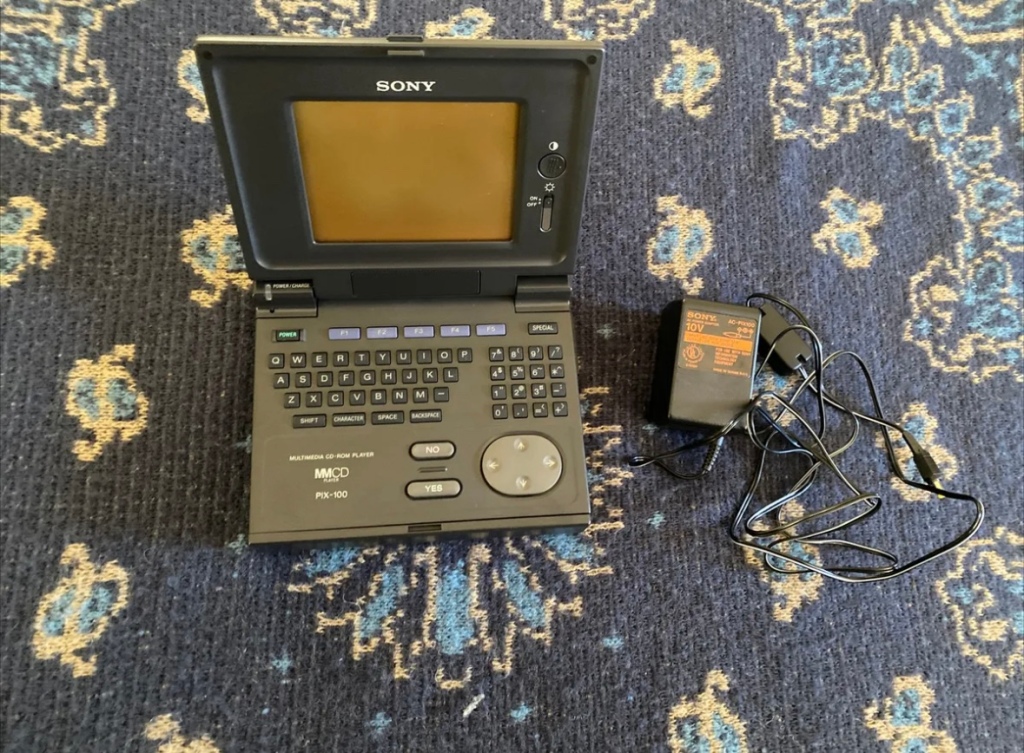
Sony and Phillips had worked together before with the creation of the original compact disc format in the late 1970’s and also Philips had gone on to invent the CD-i, (Compact Disc Interactive), system in 1991 so their track record in spearheading new formats was well known.
Also in that same year of 1993, a second format was also in development called SD, (Super Density) which was also a digital disc media.

This second format was backed and developed by a group of very well known technology and importantly also media companies globally.
Toshiba, Matsushita Electric, Hitachi, Pioneer, Mitsubishi Electric and JVC in Japan, Thomson which was a huge mutilmedia concern in France and the mass media giant Time Warner in North America.
In January of 1995, Philips and Sony had a press launch ready to go and by that time the MMCD acronym had been dropped and instead they referred to their format as DVD, (Digital Video Disc)
The other competing format also had a press launch at the same time and once again you had two different formats which threatened to splinter this new emerging technology right from the get go.
Unlike previous “format wars” in the past, this was not just an issue for the audiovisual sector alone but also for the hugely important and massively influential computer industry.
This was purely because this next format was going to be digital and that meant any kind of information like music, video, graphics, data and images would work across the widest spectrum of modern technology which had ever been seen before.
Something had to be done to address this problem and the digital disc technology needed to be unified into a single compatible standard that would work in all case scenarios.
When these types of competing formats had been a problem in the past, the consumer would be the deciding factor. Voting with their money and which format would come out as the clear winner.
However, this time it would be different. A few months later in May of 1995 a group of the largest computer companies and software manufacturers in the world would come together.
These included; Compaq, Hewlett-Packard, IBM, Apple and Microsoft. They issued a joint press lease stating quite adamantly that they would only support ONE format and standard going forward.
This group also stated that unless this single standard was agreed on that their companies would simply boycott both DVD and SD digital disc formats and come up with a third option.
The then president of IBM, (Lou Gerstner), was asked to politely apply pressure to the two rival format group’s top executives to end their competition and find a common ground from which to work from.
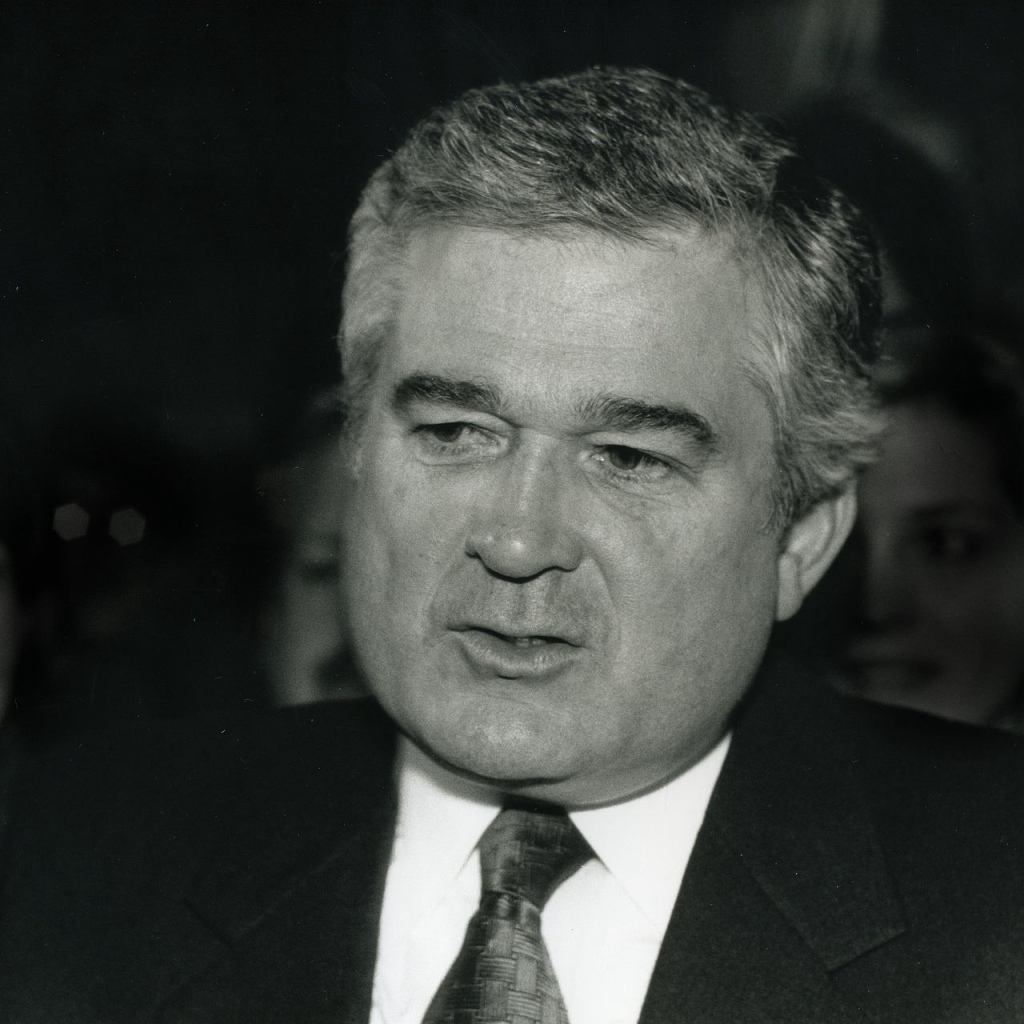
The first compromise between the two rival groups was on how the disc would be read. The SD9 standard was agreed on by both parties and the SD10 proposal was dropped.
SD9 was very simply the ability for the proposed dual layered disc to be read from the same side whereas the SD10 format would have required the disc to be turned over half way through.
That SD10 system was very similar to the way LaserDiscs had worked as mentioned previously in my blog “Welcome to DiscoVision” from two weeks ago.
Sony and Philips then tried to force the method of encoding for the discs using their developed EFMPlus system which had been originally designed for the MMCD format.
This would reduce the capacity of a single sided, single layer disc to 4.7GB but it would use the same servo technology already in use with compact discs.
This back and forth between the two rival factions in format specifications went on for another 5 months until the 15th September 1995.
Sony and Philips then agreed to end the format war and unify their efforts and technologies in collaboration with the companies that had proposed the SD, (Super Density), disc system.
The DVD disc we know today was born with either the single sided, single layer disc at the 4.7GB capacity or the single sided, dual layer disc at 8.5GB capacity using the SD9 reading standard.
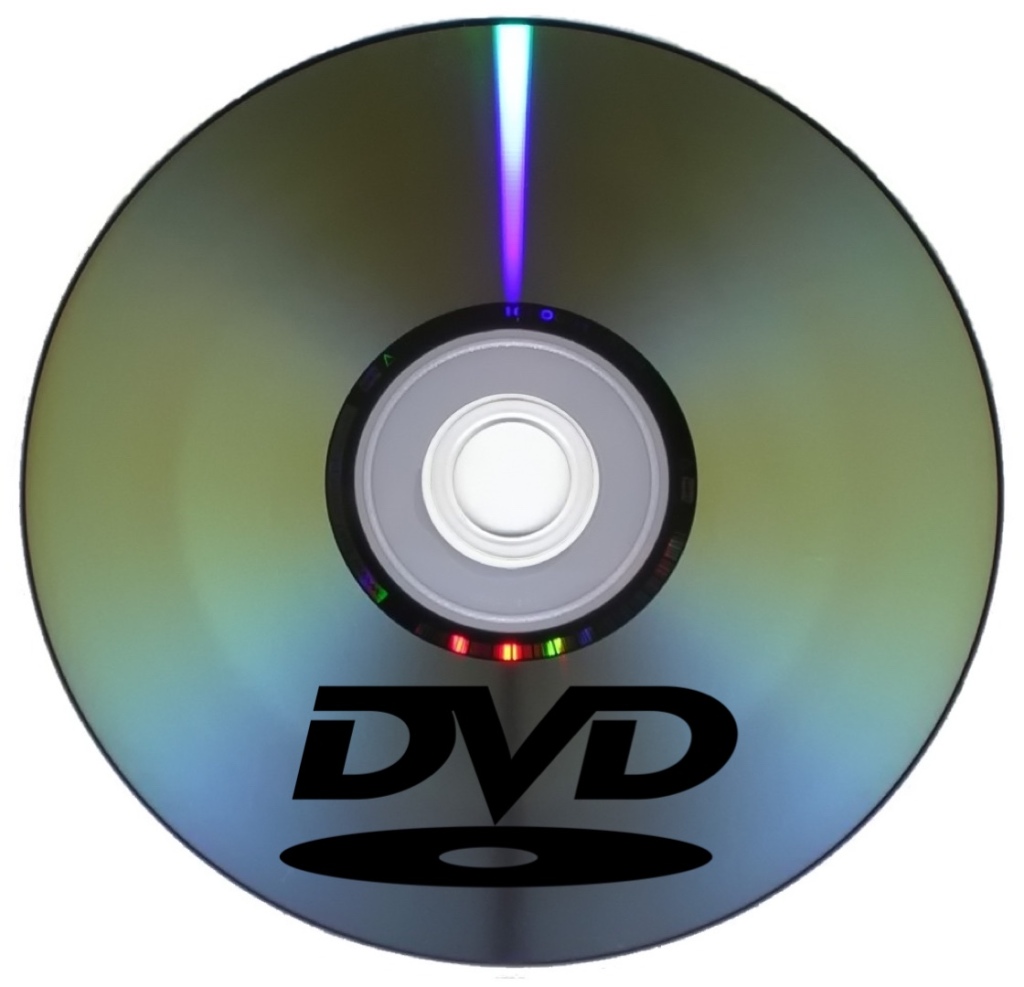
The big 5 computer companies willingness to not compromise, to define this format out and standardise it before its eventual implementation had been vital.
During this time, those 5 computer companies had also collaborated to agree on a universal file storage standard for the new DVD media with help from the Optical Storage Technology Association.

The implementation of the “universal disk format” or ISO-13346 file system was agreed and finalised by OSTA and the “Big 5” on the 8th December 1995 making computer drive adoption easier.
A month before that in early November of 1995, the South Korean technology company Samsung announced it had the processes in place to start mass production of the new DVD discs by September of 1996.
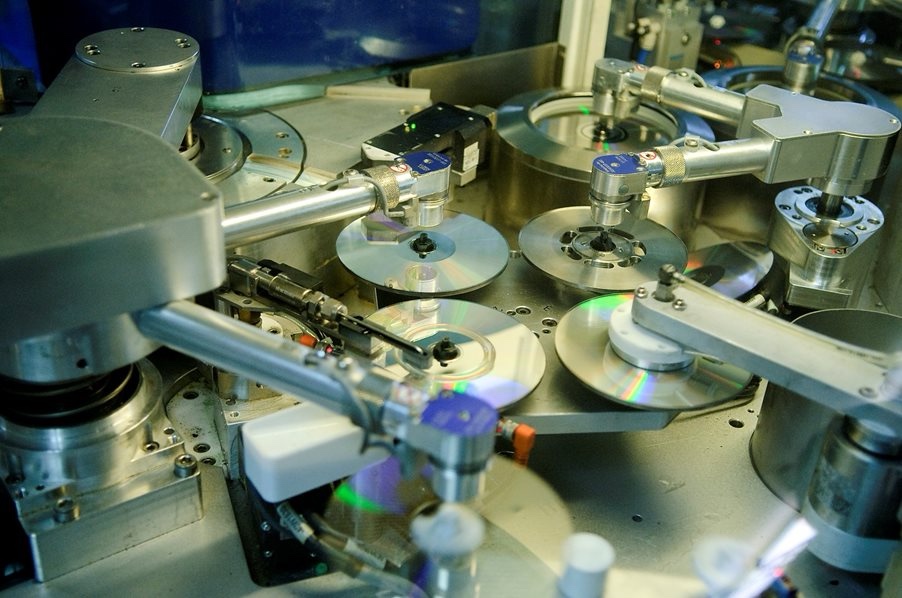
A month later in Japan, the first DVD player was launched by Toshiba in 1996 with the SD-3000 which would have cost around $1,000 which would be $1,960 in today’s money.
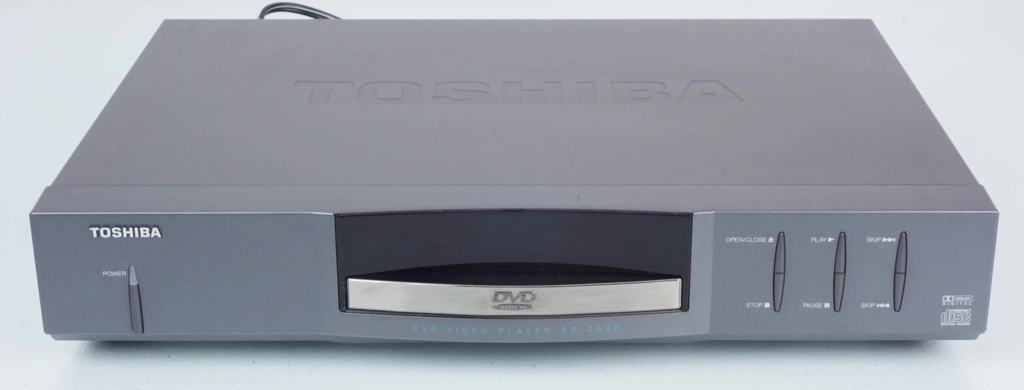
Even at this early stage of DVD players coming to market, it was exclusively in the Japanese and Asian territories to begin with and the available disc library was more orientated towards music videos.
In late March/early April of 1997, consumer DVD players came to the all important North American sector with most people noting Sony’s DVP-S7000 model being the first.

Around this time DVD-Rom units started to be introduced to PC’s and other computer systems and also there were upgrade kits available to convert the older CD-Rom based systems with a new DVD drive and encoding card.
As early as January of 1997 most of the major technology companies had sample PC DVD-Rom drives ready to go before they eventually launched in May that same year.
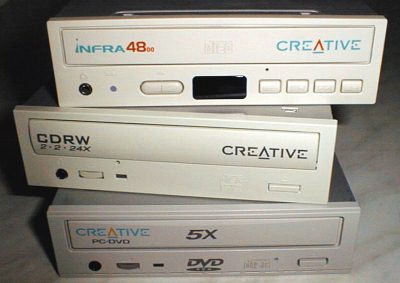
New software was now being shipped exclusively on DVD for faster loading times ,more content and up to 5 times more information capacity per disc than a CD-Rom.
With DVD players coming to North America and Europe that same year, the first major film releases started to make the transition from VHS to DVD.
One of the first DVD titles available in North American in that launch year of 1997 was hugely popular blockbuster hit movie “Twister”

Over the next 3-4 years DVD players would halve in price and then halve in price again as the technology got cheaper and easier to manufacture.
Worldwide consumer adoption took off in ways that LaserDisc and VCD’s never did and we now had a format that was cheap to produce on mass and was easy for buyers to understand and use.
In the next blog post, we look at a one of the most important pieces of technology that really was at the forefront of the new DVD scene at this time and how l was involved in the industry myself.
As always, thank you so much for reading today’s entry, your likes, comments, shares and general interest in the blog.
Let’s explore together again next week ☺️
Leave a comment